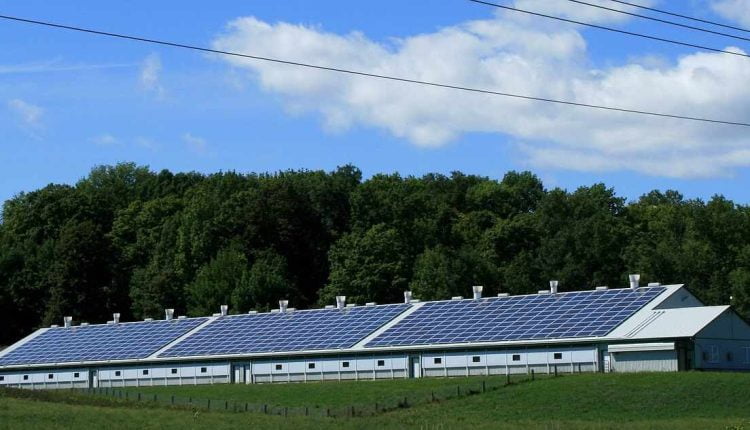A generator seems unnecessary. Do you recognize this as a thought you’ve had? Or, more precisely, how can I figure out which generator best fits my needs? The world is full of “businesses” that will try to offer you a solution to an issue that doesn’t exist or the wrong solution to a significant problem. Find out what you can do to prevent this from occurring, and get a sense of the research you need to do to safeguard your investment with a backup generator.
You shouldn’t always prioritize cost-effectiveness when it comes to home security. You can’t be smart about money if you’re also cheap. Some “Dealers” (and I use that term loosely) will tell you that the smallest unit on the market is all you need to secure your 5,000-square-foot home with your M.R.I. machine nicely nestled away in your basement next to the power switch to your private airport. I am, of course, grossly exaggerating, but I have seen some genuinely bizarre electrical work performed by supposedly certified electricians. Please keep in mind that the purpose of this essay is not to make a hard sell on a beachfront mansion but rather to clarify some of the essential distinctions in what initially appears to be a highly complex procedure. Let me begin by classifying home generators based on portability. You can go either fast or slow. Transferable to a fixed location later on. Since most Americans don’t buy them anymore, and they have trouble efficiently powering today’s homes, I won’t be discussing portables here.
Now we’re down to the two types of permanently installed units:
Air-conditioned houses account for over 90% of all residences in the United States. They require little upkeep and are typically hands-free. Typically, the output of an air-cooled unit will be somewhere between 7 kW and 20 kW. These appliances will “exercise” once a week for 15 minutes and then switch themselves off till the following week. The generator will automatically turn on when the power goes out, transfer power to the relevant parts of your home via a transfer switch, keep those parts powered until utility power is restored, and then turn off again. As I’ve already mentioned, this simple method will work in 90% of households. Since these appliances utilize the same fuel as the ones in your home, you won’t have to worry about running out. Propane or Natural Gas.
Related Posts
Small companies, larger houses, and properties frequently affected by long-term power outages may benefit from liquid-cooled systems. Liquid-Cooled Generators are comparable to Air-Cooled Units regarding features and benefits, but their output ranges from 18 kW and up. These machines, often driven by an automobile engine, are built to last longer, create more power, and require less maintenance. The initial investment in liquid-cooled systems is expensive, but they are occasionally the best choice. For instance, when your mansion costs several million dollars and is outfitted with state-of-the-art electrical amenities like radiant floors, heated swimming pools, and many massive air conditioners on separate furnaces. Let’s be realistic: would you store your life savings in a shoebox in this situation? Traditional insurance is a useless product that comes in handy only when it’s too late and leaves you out of pocket for deductibles and lost valuables. Your homeowner’s insurance premiums may decrease by as much as 20 percent if you install a generator at your property.
I hope this article’s discussion of generator types and differences has been helpful. Feel free to call Tru-Power Electric in the Chicago area at 630-235-2397 or email me at [email protected] if you have any questions. Check out our webpage at
Read also: 6 Repair Service Tips on Your Cutting Tools.


